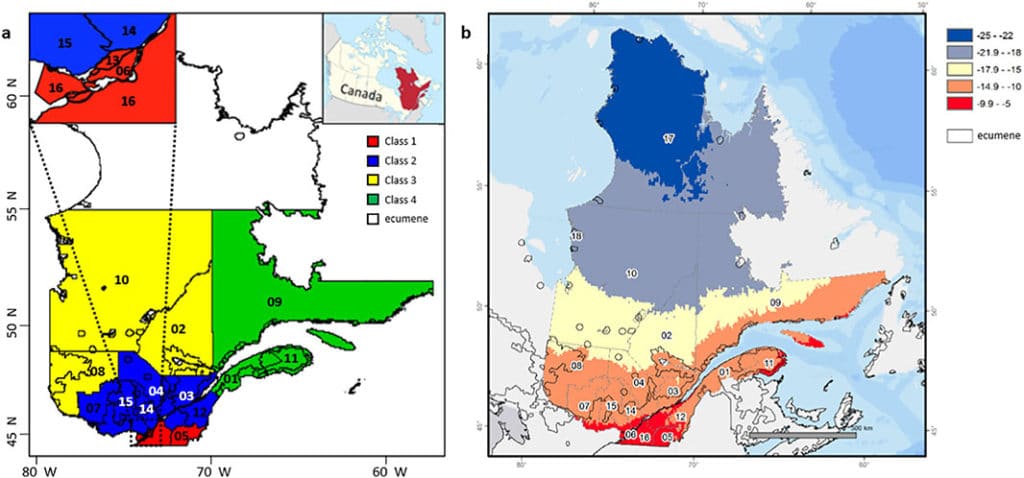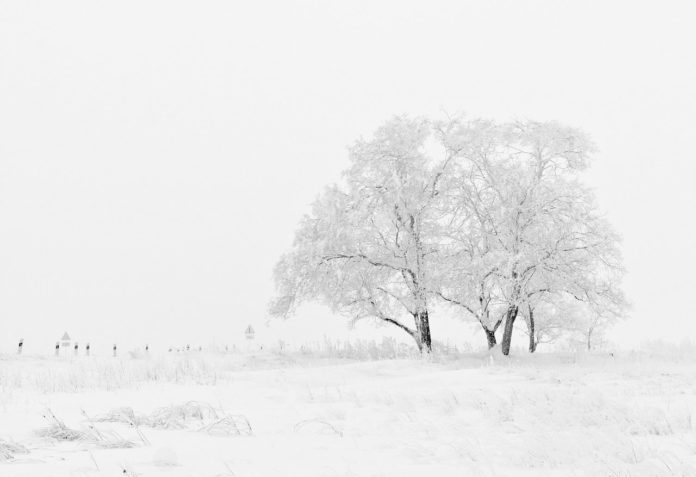For Nordic regions, like Quebec’s province in Canada, winter is long and usually very cold, with an observed increase in mortality and hospitalizations throughout the season. However, there is no existing system specifically designed to follow in real-time this mortality increase throughout the season.
A team from the Institut national de la recherche Scientifique (INRS) and the Institut national de santé Publique du Québec (INSPQ), led by Professor Fateh Chebana, aimed to establish a system specifically for health impacts of cold. Scientists developed a cold-health watch and warning system for cold waves in Quebec.
Using past data, scientists determined two temperature thresholds that would trigger an alert to warn healthcare professionals.
Depending upon the region, the temperature thresholds for a two-day cold wave causing an alert and related to excess mortality saw in the populace differ between – 15°C and – 23°C during the day, and between – 20°C and – 29°C around evening time. The threshold causing an alert and related to an excess of hospitalization in the populace differ between – 13°C and – 23°C during the day and between – 17°C and – 30°C at night.
Once the system is operational, it will use Environment Canada’s forecasts and consider the reliability of these forecasts. The alert system also considers the effect of delays between exposure and observed health impacts.

Professor Chebana, who led the study, said, “Just because it was cold today doesn’t mean that people die or go to the hospital on the same day. It takes several days to see the impact, longer than with high temperatures.”
“For now, these thresholds are the same throughout the winter period. We are planning to improve the tool by adjusting thresholds according to the month.”
“A temperature of -15°C in December will not have the same effect on health as in February because the body has not yet adapted.”
The system currently considers the general population, but it could specifically look at higher-risk groups such as the elderly or those with respiratory problems. Scientists are also considering a specific feature applicable to tourism or the education sector during school closures.
Currently managed by the INSPQ, the model will be integrated into its Système de surveillance et de prévention des impacts sanitaires des événements météorologiques extrêmes (SUPREME), a source of information on the impacts of extreme weather events on the health.
Journal Reference:
- Bixun Yan et al. A cold-health watch and warning system applied to the province of Quebec (Canada). DOI: 10.1016/j.scitotenv.2020.140188
